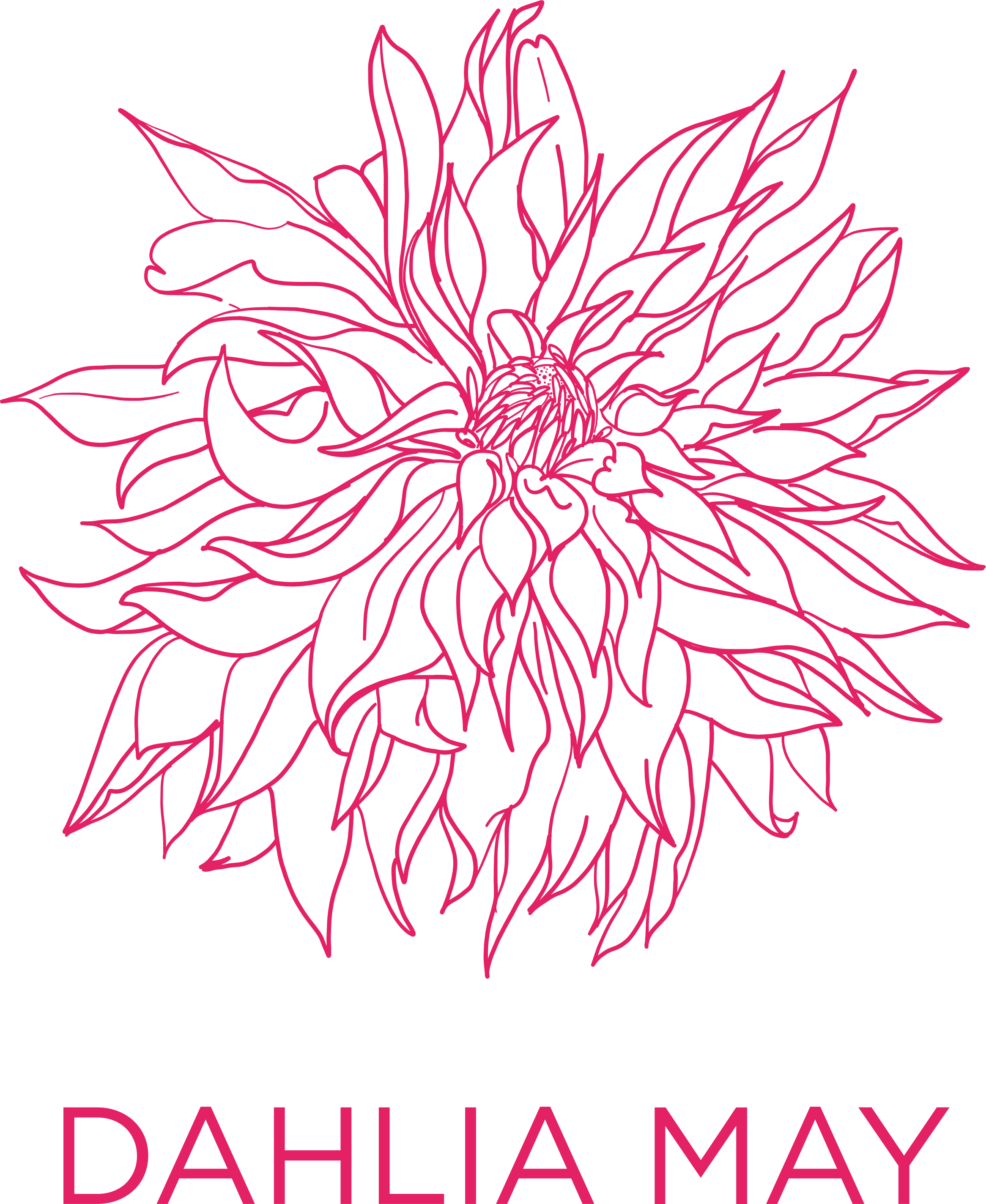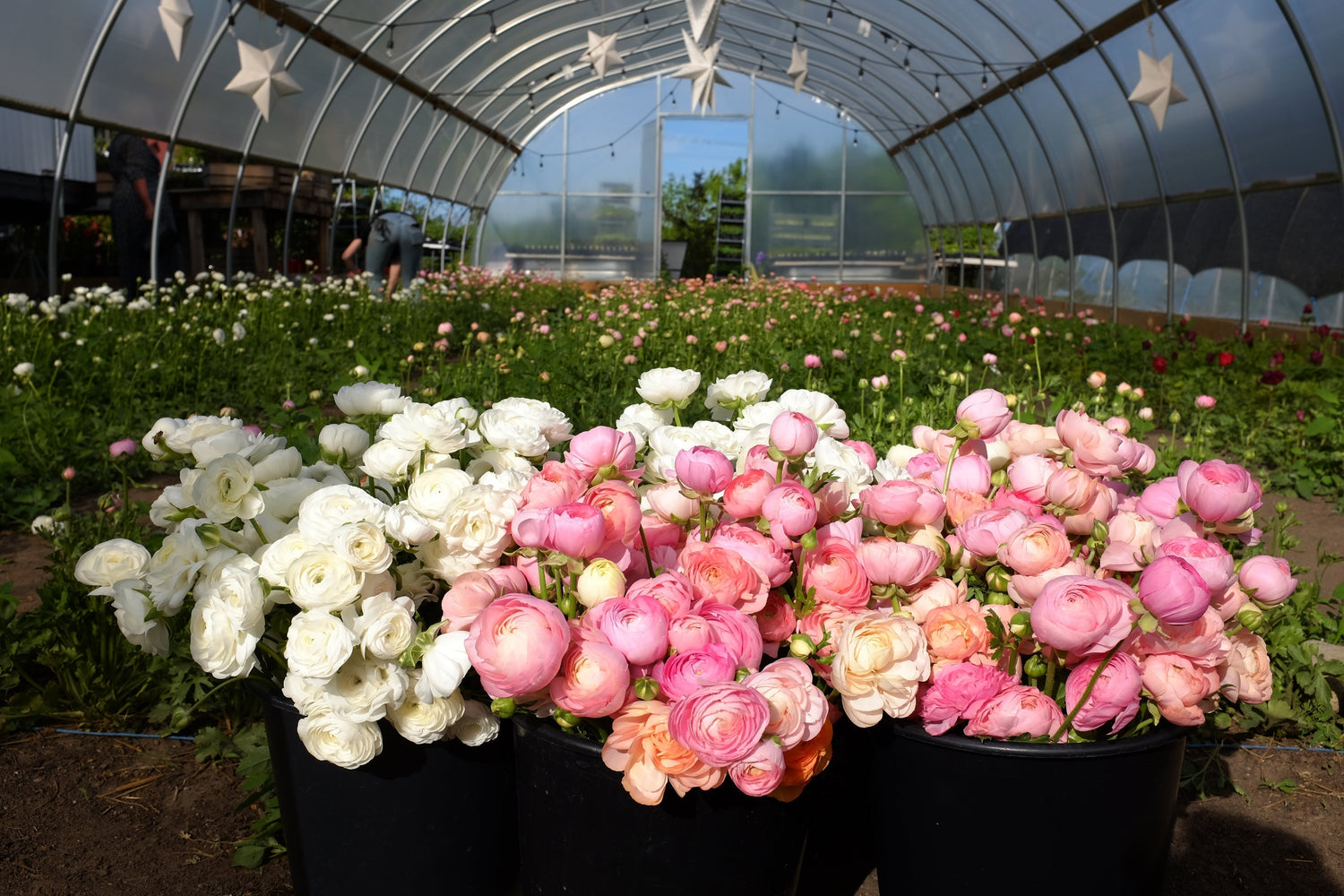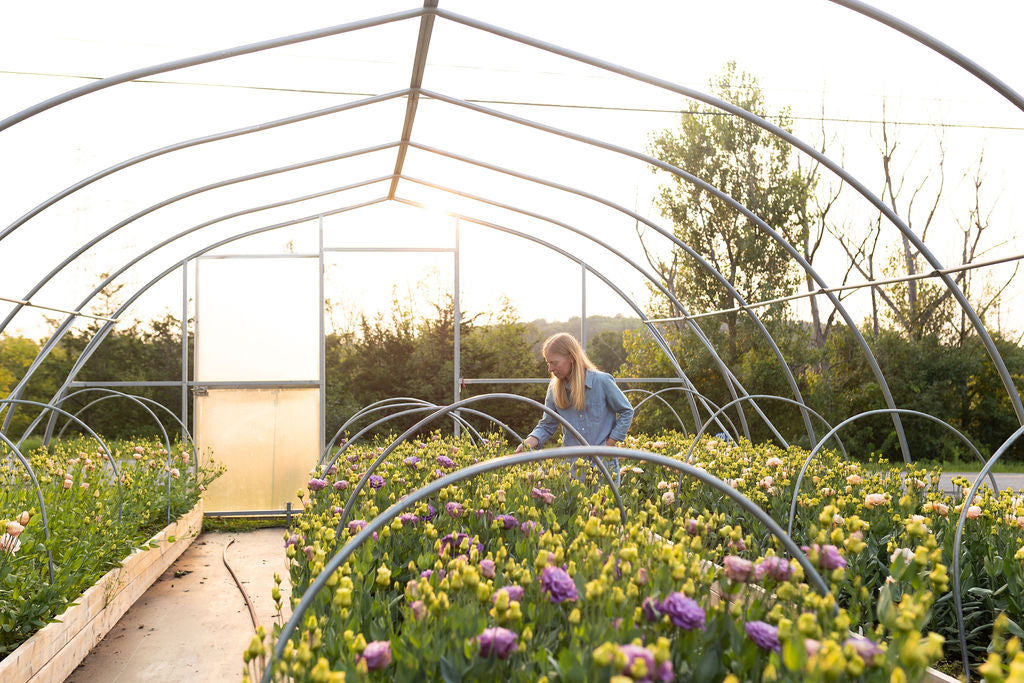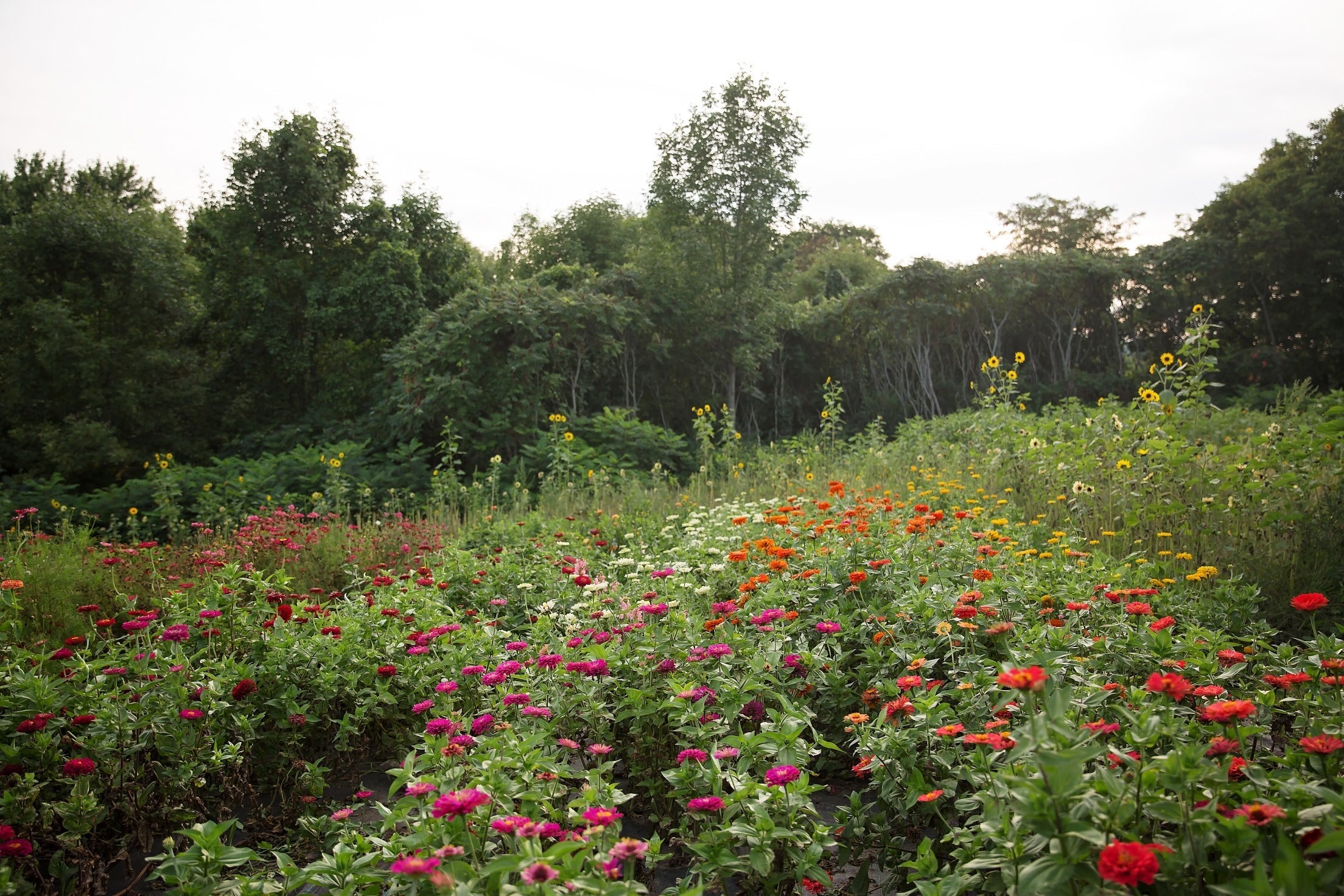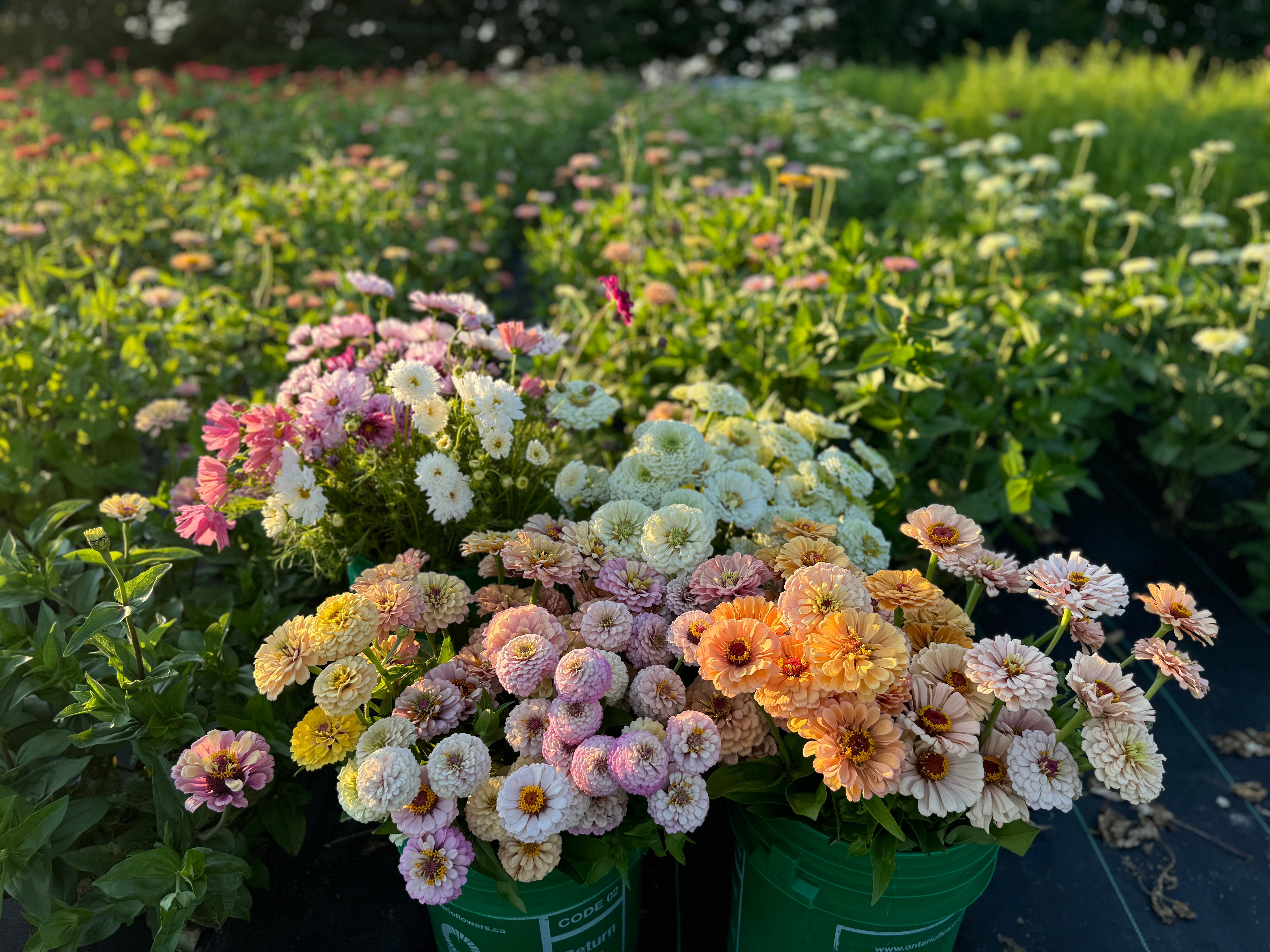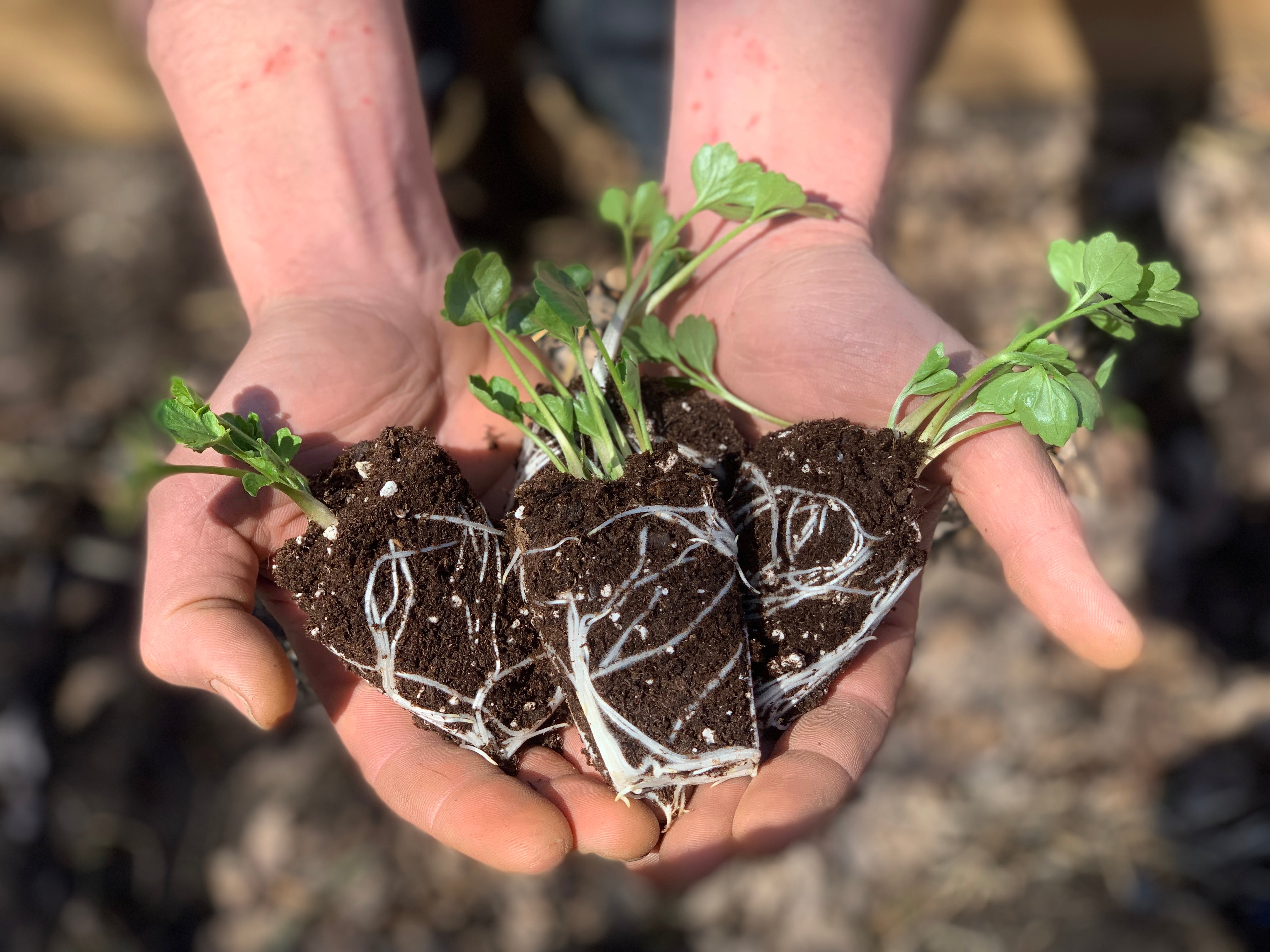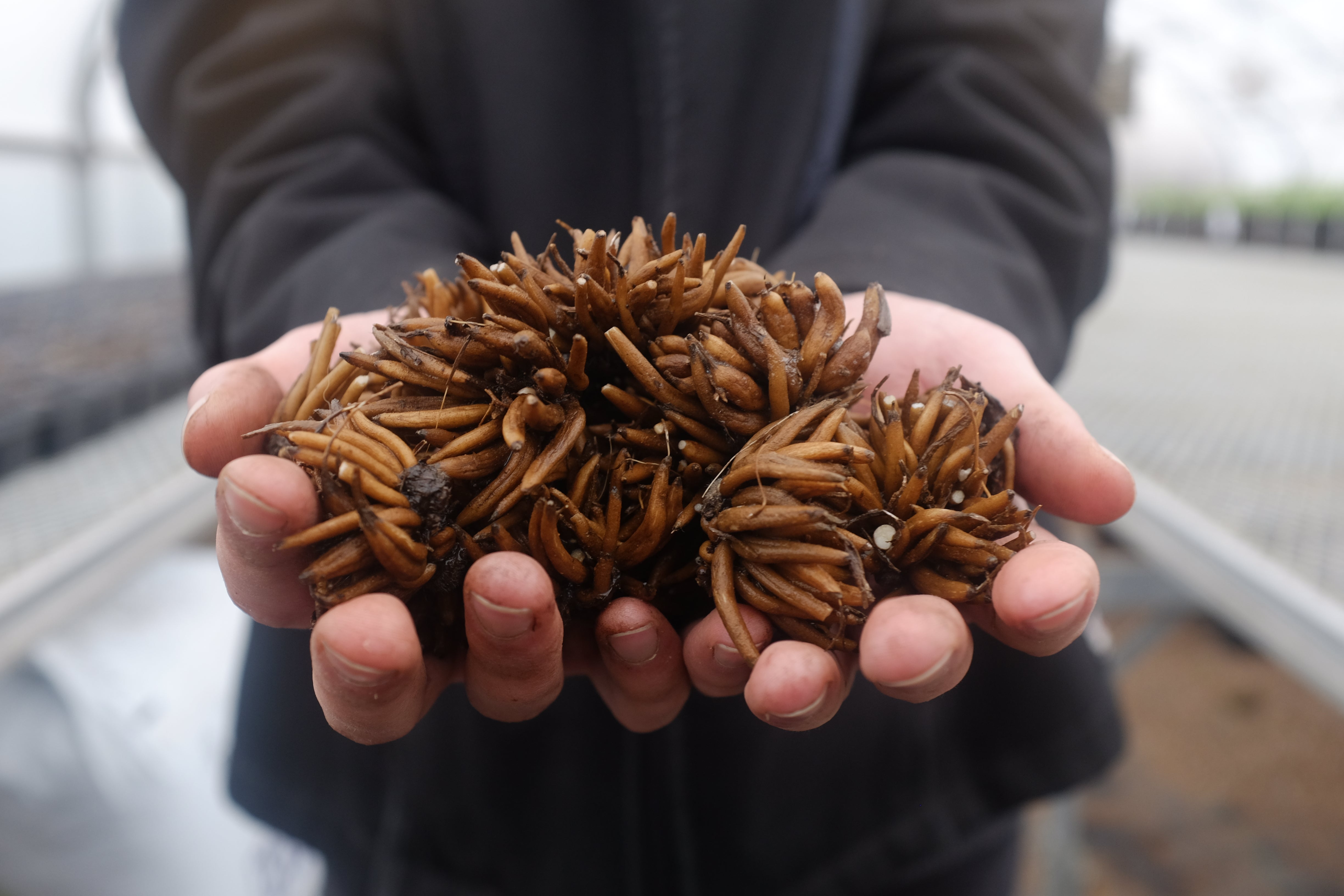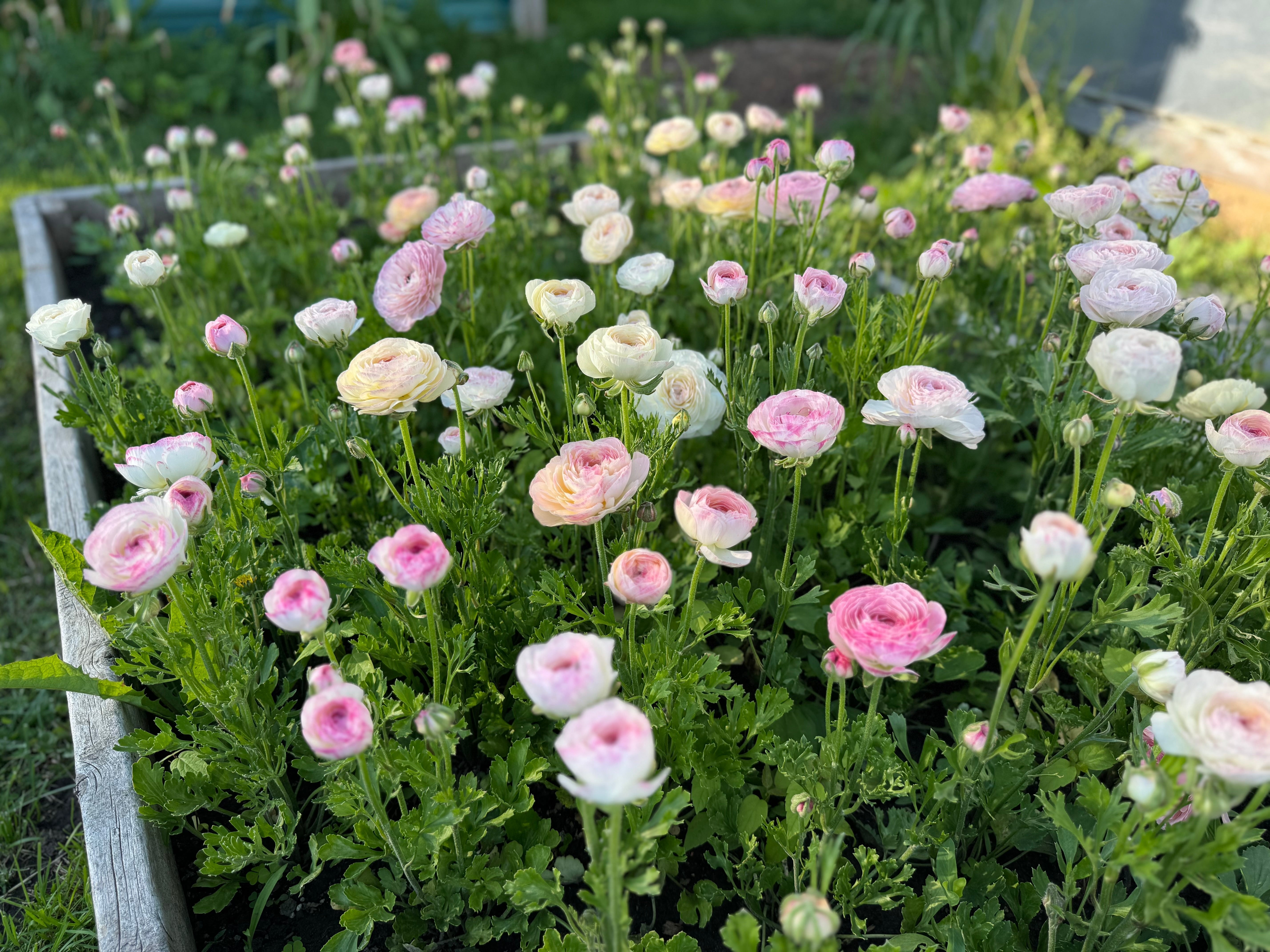It’s that time of year where we’re ALL thinking spring thoughts! And one of those spring thoughts might be trying your hand at growing your own Ranunculus and Anemones in your garden this year. These flowers are some of our most sought after cut flowers, and it’s so rewarding to have your own little catch of these beauties blooming in your own home garden! 
Lots of questions often arise when it comes time to plant Ranunculus and Anemones, and with good reason. They are not quite as simple to plant as say, a tulip, but, with proper instructions the process is fairly straightforward.
We send a full set of growing instructions out with every corm order, and we’ve created a full growing guide on our website, which you can find under the 'Growing Resources' tab.
Read on below for our fifth instalment of the Ranunculus and Anemone Q and A!
HOW LONG DO RANUNCULUS AND ANEMONE PLANTS CONTINUE TO BLOOM FOR?

We find that the bloom period for these beauties averages 4-6 weeks, depending on temperature. Here in gardening zones 5, we typically count on blooms from mid May through till the end of June. Once the July heat arrives at our farm, the plants cease to bloom. These beauties are cool season spring flowers, and they will NOT bloom through the summer heat. If you are in a warmer growing zone, and start at your plants earlier, you’ll likely find that they will bloom in March and April. If you’re in a colder growing zone (zones 2/3) you might find that you will still have plants blooming into July, as the summer heat is slower to find you.
Depending on the size of the corm and the variety, in our experience, each ranunculus plant will provide between 5 and 15 blooms over its 4 to 6 week blooming season, in ideal conditions.
Don’t be afraid to cut your ranunculus blooms, and enjoy them in a vase in your home! Just like many other flowering plants, the more you cut the flowers, the more flowers the plant will produce.
Remember, a plants mission in life is to produce a seed. When a plant produces a flower, and that flower (when left uncut on the plant) goes to seed, the plant believes its mission in life is complete and it ceases to produce flowers. If you cut your blooms, that sends a signal to the plant that its work is NOT in fact, finished, and the plant continues to try to get the job done by producing more flowers. This is why it’s always important to continually deadhead your flowering plants in the garden.
By taking the spent flower heads off of the plant, you are signalling to the plant that it should continue to keep working to produce more blooms (in order to achieve its final goal: producing seeds). Plants are very determined to do their jobs, and to do them well, so as long as you continue to deadhead and cut blooms, your plants will continue to produce more flowers (as long as the conditions they need our met). This applies to almost all of the flowering annuals you plant in your garden.
HOW MANY FLOWER WILL MY PLANTS PRODUCE?

Depending on the size of the corm and the variety, in our experience, each ranunculus plant will provide between 5 and 15 blooms over its 4 to 6 week blooming season, in ideal conditions.
Don’t be afraid to cut your ranunculus blooms, and enjoy them in a vase in your home! Just like many other flowering plants, the more you cut the flowers, the more flowers the plant will produce.
Remember, a plants mission in life is to produce a seed. When a plant produces a flower, and that flower (when left uncut on the plant) goes to seed, the plant believes its mission in life is complete and it ceases to produce flowers. If you cut your blooms, that sends a signal to the plant that its work is NOT in fact, finished, and the plant continues to try to get the job done by producing more flowers. This is why it’s always important to continually deadhead your flowering plants in the garden.
By taking the spent flower heads off of the plant, you are signalling to the plant that it should continue to keep working to produce more blooms (in order to achieve its final goal: producing seeds). Plants are very determined to do their jobs, and to do them well, so as long as you continue to deadhead and cut blooms, your plants will continue to produce more flowers (as long as the conditions they need our met). This applies to almost all of the flowering annuals you plant in your garden.
CAN I SAVE MY CORMS TO REUSE FROM YEAR TO YEAR, AND IF SO, HOW SHOULD I SAVE THEM?

Yes, you can save your corms for next year! Ranunculus are not perennials, meaning that they will not survive the winter if left in the ground.
After your ranunculus have bloomed, proper care can help prepare them for the next growing season. In zones 7 and below, where ranunculus are not winter hardy, consider lifting the corms after the foliage has died back. Why wait for the foliage to die back naturally? The leaves of the plant will continue to photosynthesize, and this process stores energy in the corms for next year’s growth. Once the flowers have faded, allow the foliage to die back naturally, and then go ahead and lift the corms out of the garden.
Shake the dirt off of your corms (no need to wash them) and allow them to dry for several days. You can then take your dried corns and put them in a paper bag and store them in a cool dry place (away from heat sources, and any moisture) until the following winter, when it is time to start them again!
